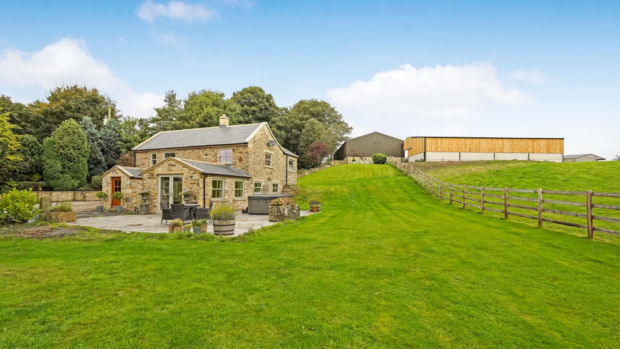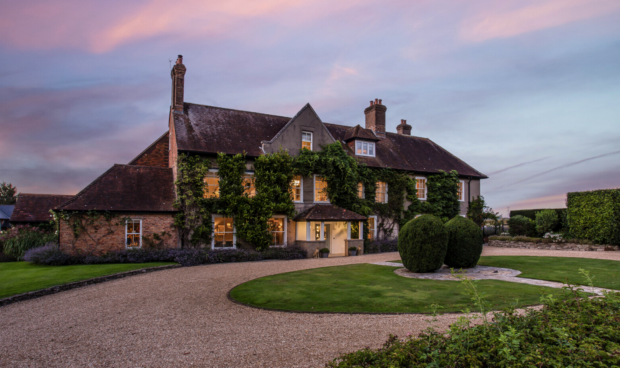A farm ripe for conversion will always exert a powerful attraction on equestrian buyers. A good one will give people the opportunity to create a bespoke yard with plenty of land, top facilities and fewer planning headaches than when starting from scratch. But the line between dream and nightmare conversions is very fine indeed. So, how can savvy buyers make sure theirs will go smoothly?
First, warns specialist agent Guy Sherratt, pay attention to a property’s location. Because unconverted farmhouses come to the market sporadically, there can be a temptation to buy the first decent one that becomes available.
But, he says: “In the end, it always comes back to location. Endurance riders need to choose a farm in an area with plenty of good outriding, and dressage and show jumping competitors need to think of easy access to competition venues.”
Location is vital for commercial buyers. “Because a commercial property will attract more traffic than a private one, you might have a potential problem with planning authorities,” adds Guy Sherratt.
“A farm for commercial conversion needs to be in a good position for road links as well as having decent outriding. And it may be better to be outside a national park because you have more planning restrictions inside one.”
So far, so logical. But, says Karl Rogers of Rural Scene, buyers should also investigate the nature of the soil.
“You need to look at having relatively dry ground or there will be a problem with turnout and exercise,” he says. “You want chalkland, limestone or granite — naturally free-draining soil.”
The handful of lucky buyers who have the opportunity to choose among several unconverted farms should preferably opt for dairy over arable.
“People might want to go for pasture because it’s easier to maintain and the quality of grass might be better than if you have a new ley,” says Guy Sherratt.
And as Zoe Napier of Fenn Wright notes: “There’s a technicality whereby horses are classed as domestic animals, so you’d have to apply for planning permission to turn arable into grazing land unless you have working horses or are setting up a stud farm.”
The age of a property makes a difference when it comes to conversion. Neither old nor new is intrinsically better, but the appeal depends on what people are looking for.
“If you like traditional buildings for stabling and staff, then you’re likely to need a period farmhouse,” says Guy Sherratt.
The only snag here is that old stone cattle sheds will be difficult to convert into stabling.
“Some old-fashioned buildings will simply be too low,” he adds. “But you always have the option to replace them with new stables. It is easier, planning-wise, than if you have nothing at all.”
Modern farms, by contrast, make up in practicality what they might lack in charm.
“Cattle sheds built within the past 50 years offer plenty of space and good ventilation,” says Karl Rogers.
Buyers should make sure they take into account both conversion and running costs before they embark on a purchase. Budget planning, say all the agents, is an area where aspiring farmhouse owners often fall short. Lured by the lower price tag of an unmodernised home, they sometimes forget to factor in the extent of a renovation project.
“Converting buildings is always expensive,” says Guy Sherratt. “Of course, it does depend on quality, but costs can easily run into hundreds of thousands of pounds.”
At this rate, the saving over buying a purpose-built property is slim. But then people rarely do this for a bargain. As Guy Sherratt points out, what matters is the satisfaction of having a perfectly tailored equestrian home.




